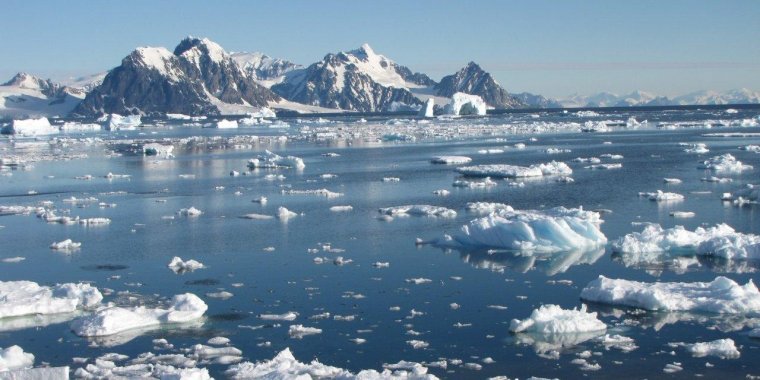| News / World News |
Antarctica's Effect on Sea Level Rise in Coming Centuries
There are two primary causes of global mean sea level rise - added water from melting ice sheets and glaciers, and the expansion of sea water as it warms. The melting of Antarctica's ice sheet is currently responsible for 20-25% of global sea level rise.

Antarctica. Photo: AntarcticGlaciers.org (CC BY-NC-SA 3.0)
Scientists rely on precise numerical models to answer questions like this one. As the models used in predicting long-term sea level rise improve, so too do the projections derived from them. Scientists at NASA's Jet Propulsion Laboratory in Pasadena, California, have discovered a way to make current models more accurate.
In doing so, they have also gotten one step closer to understanding what Antarctica's ice sheet - and the sea level rise that occurs as it melts - will look like centuries from now.
"Unlike most current models, we included solid Earth processes - such as the elastic rebound of the bedrock under the ice, and the impact of changes in sea level very close to the ice sheet," said JPL's Eric Larour, first author of the study. "We also examined these models at a much higher resolution than is typically used - we zoomed in on areas of bedrock that were about 1 kilometer instead of the usual 20 kilometers."
The scientists found that projections for the next 100 years are within 1% of previous projections for that time period; however, further into the future, they observed some significant differences.
Around the year 2250, some of these solid Earth processes started to offset the melting of the ice sheet and the consequent sea level rise. In other words, they actually slowed the melting down.
The team noted that a hundred years even further into the future - by 2350 - this slowdown means that the melting of the ice sheet is likely to contribute 29% less to global sea level rise than previous models indicated.
As grounded ice retreats inland, the bedrock under it lifts up elastically. It's similar to how a sofa cushion decompresses when you remove your weight from it. This process slows down the retreat of the ice sheet and ultimately the amount of melting.
The breakthrough of this study, he added, was to reach resolutions high enough to capture as many of these 'speed bumps' as possible and determine their effects in Antarctica while also modeling sea level rise over the entire planet. (NASA)
YOU MAY ALSO LIKE




